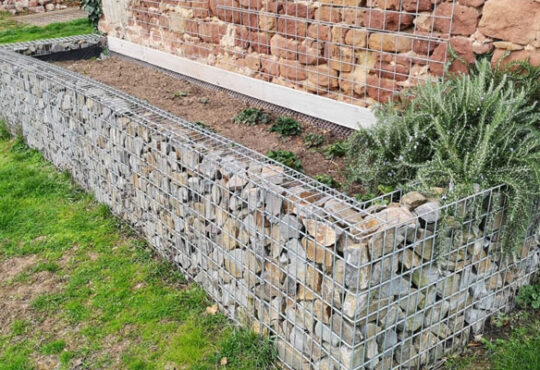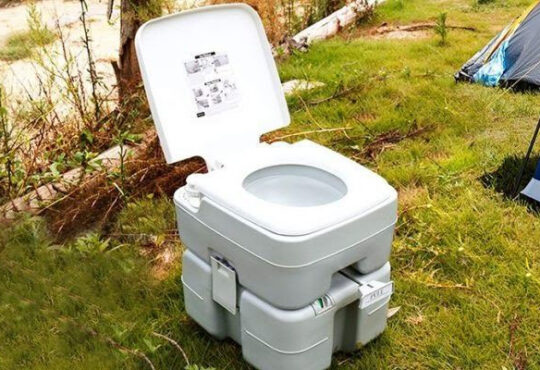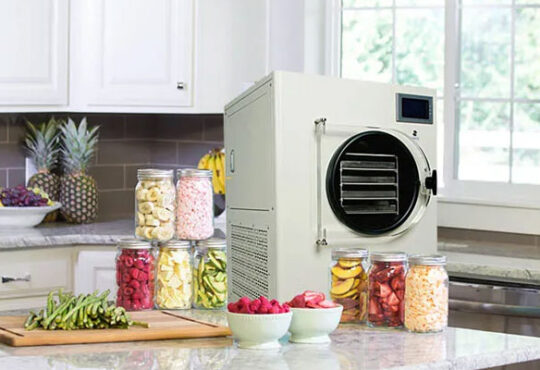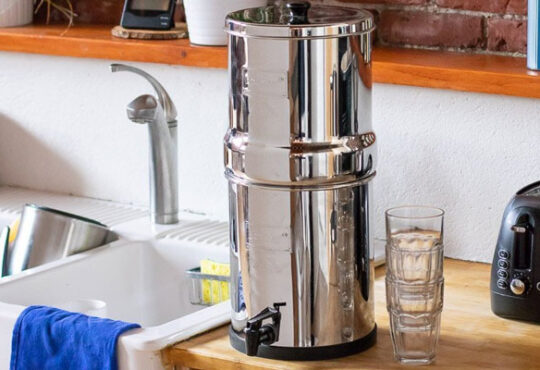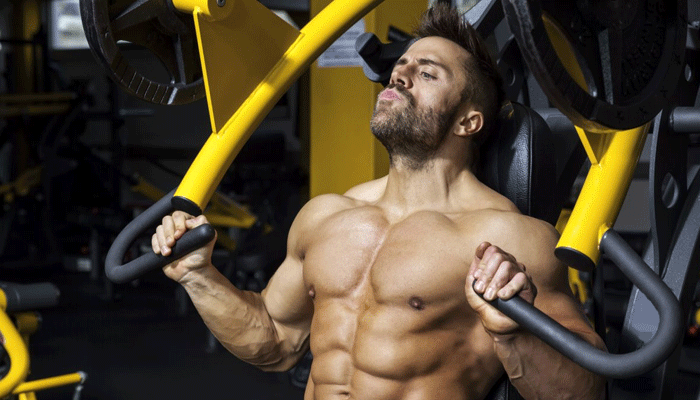
If you want to build muscle, you need to challenge your muscles with resistance training. Resistance training is any type of exercise that forces your muscles to contract against an external load, such as weights, bands, or your body weight. Resistance training can help you increase your muscle mass, strength, endurance, and power, as well as improve your posture, metabolism, and bone density.
But what are the best gym equipment for building muscle? There are many options available, from free weights to machines to cables to bodyweight exercises. Each one has its advantages and disadvantages, and the best choice for you may depend on your goals, preferences, and experience level. In this article, we will review some of the most common and effective gym equipment for building muscle, and how to use them properly.
Free Weights
Free weights are any type of weight that is not attached to a machine or a fixed point, such as dumbbells, barbells, kettlebells, and medicine balls. Free weights are versatile, as you can use them for a variety of exercises that target different muscle groups. They also allow you to move naturally and functionally, as you have to stabilize and balance the weight yourself. This can help you improve your coordination, core strength, and joint stability, as well as recruit more muscle fibers and burn more calories.
Some of the best free weight exercises for building muscle are:
• Bench press: This is a classic chest exercise that also works your shoulders and triceps. You can use a flat, incline, or decline bench, and vary the grip width and angle to target different parts of your chest. To perform a bench press, lie on the bench with your feet flat on the floor and your eyes under the bar. Grab the bar with a shoulder-width grip and lift it off the rack. Lower the bar to your chest, keeping your elbows tucked in and your wrists straight. Pause briefly, then press the bar back up to the starting position. For the required number of repetitions, repeat.
• Squat: This is a compound lower body exercise that works your quads, hamstrings, glutes, and calves. You can use a barbell, dumbbells, kettlebells, or a medicine ball for this exercise. To perform a squat, stand with your feet shoulder-width apart and hold the weight in front of your chest or on your shoulders. Keep your back straight, your core tight, and your chest elevated. Lower your body until your thighs are parallel to the floor by pushing your hips back and bending your knees. Pause briefly, then drive through your heels and stand back up to the starting position. For the required number of repetitions, repeat.
• Deadlift: This is another compound lower body exercise that also works your back, core, and grip. For this exercise, you can use a barbell, dumbbell, or kettlebell. To perform a deadlift, stand with your feet hip-width apart and the weight on the floor in front of you. Bend your knees and hinge your hips, reaching down and grabbing the weight with a shoulder-width grip. Maintain a straight back, an elevated chest, and a braced core. Lift the weight off the floor by straightening your legs and extending your hips, keeping the weight close to your body. Pause briefly, then lower the weight back to the floor by reversing the motion. For the required number of repetitions, repeat.
Machines
Machines are any type of gym equipment that has a fixed or adjustable resistance mechanism, such as pulleys, levers, cams, or hydraulics. Machines are easy to use, as they have clear instructions and diagrams, and they usually have a seat or a pad to support your body. They also isolate specific muscle groups, which can help you focus on your form and technique, and prevent cheating or compensating with other muscles. Machines can be useful for beginners, as they can help you learn the basic movements and avoid injury. They can also be helpful for advanced lifters, as they can help you overload your muscles with heavier weights or higher reps, or target weak points or lagging muscles.
Some of the best machine exercises for building muscle are:
• Chest press: This is a machine version of the bench press, which works your chest, shoulders, and triceps. You can use a horizontal, incline, or decline chest press machine, and vary the grip and the angle to target different parts of your chest. To perform a chest press, sit on the machine with your back against the pad and your feet flat on the floor. Grab the handles with a shoulder-width grip and push them forward until your arms are fully extended. Pause briefly, then pull the handles back to the starting position. Repeat for the desired number of reps.
• Leg press: This is a machine version of the squat, which works your quads, hamstrings, glutes, and calves. You can use a horizontal, vertical, or angled leg press machine, and vary the foot position and the angle to target different parts of your legs. To perform a leg press, sit on the machine with your back against the pad and your feet on the platform. Push the platform away from you until your legs are almost straight, but not locked. Pause briefly, then bend your knees and bring the platform back to the starting position. Repeat for the desired number of reps.
• Lat pulldown: This is a machine version of the pull-up, which works your lats, biceps, and forearms. You can use a wide, narrow, or neutral grip, and vary the angle and the speed to target different parts of your back. To perform a lat pulldown, sit on the machine with your thighs under the pads and your feet flat on the floor. Grab the bar with a shoulder-width grip and pull it down to your chest, keeping your elbows close to your sides and your shoulders down and back. Pause briefly, then let the bar rise back to the starting position. Repeat for the desired number of reps. Elevate your workout routine with Flybird Fitness Coupons.
Cables
Cables are any type of gym equipment that have a flexible resistance mechanism, such as ropes, bands, or chains. Cables are similar to machines, as they also isolate specific muscle groups, but they have more freedom of movement, as you can adjust the height, direction, and angle of the resistance. Cables can help you create more tension and contraction in your muscles, as well as improve your range of motion and stability. Cables can also add variety and challenge to your workouts, as you can use them for different exercises, such as flyes, curls, extensions, rows, and presses.
Some of the best cable exercises for building muscle are:
• Cable crossover: This is a chest exercise that also works your shoulders and triceps. You can use a high, low, or middle cable crossover machine, and vary the angle and the distance to target different parts of your chest. To perform a cable crossover, stand in the center of the machine with your feet shoulder-width apart and your arms extended to the sides, holding the handles. Keep your chest up, your shoulders back, and your elbows slightly bent. Cross one hand over the other and bring them together in front of your chest. After a little pause, take a step back and start again. For the required number of repetitions, repeat.
• Cable curl: This is a bicep exercise that also works your forearms. You can use a low, high, or middle cable curl machine, and vary the grip and the angle to target different parts of your biceps. To perform a cable curl, stand in front of the machine with your feet shoulder-width apart and your arms extended, holding the handles. Keep your chest up, your shoulders back, and your elbows close to your sides. Curl your hands toward your shoulders, squeezing your biceps at the top. Pause briefly, then lower your hands back to the starting position. Repeat for the desired number of reps.
• Cable tricep extension: This is a tricep exercise that also works your shoulders. You can use a high, low, or middle cable tricep extension machine, and vary the grip and the angle to target different parts of your triceps. To perform a cable tricep extension, stand in front of the machine with your feet shoulder-width apart and your arms extended overhead, holding the handles. Keep your chest up, your shoulders back, and your elbows close to your ears. Lower your hands behind your head, bending your elbows and stretching your triceps. After a little pause, return your arms to their initial position. For the required number of repetitions, repeat.
Bodyweight Exercises
Bodyweight exercises are any type of exercise that uses your body weight as resistance, such as push-ups, pull-ups, dips, lunges, and planks. Bodyweight exercises are convenient, as you can do them anywhere and anytime, without any equipment. They also train your whole body, as you have to use multiple muscles and joints to perform them. They can help you improve your balance, flexibility, mobility, and core strength, as well as prevent injuries and enhance your performance in other activities.
Some of the best bodyweight exercises for building muscle are:
• Pull-up: This is a back exercise that also works your biceps, forearms, and core. You can use a wide, narrow, or neutral grip, and vary the elevation and the speed to target different parts of your back. To perform a pull-up, grab a pull-up bar with an overhand grip and your hands shoulder-width apart. Pull your body up until your chin is above the bar, keeping your elbows close to your sides and your shoulders down and back. Pause briefly, then lower your body back to the starting position. Repeat for the desired number of reps.
• Dip: This is a tricep exercise that also works your chest, shoulders, and core. You can use a dip station, parallel bars, or two chairs, and vary the lean and the speed to target different parts of your triceps. To perform a dip, grab the bars or the chairs with a shoulder-width grip and lift your body off the ground. Keep your chest up, your shoulders back, and your elbows tucked in. Lower your body until your arms are at a 90-degree angle, bending your elbows and stretching your triceps. Pause briefly, then push your body back to the starting position. Repeat for the desired number of reps.
• Lunge: This is a leg exercise that also works your glutes, core, and balance. You can use a forward, backward, or lateral lunge, and vary the distance and the speed to target different parts of your legs. To make a lunge, place your hands on your hips and your feet hip-width apart. hips or holding weights. Take a big step forward, backward, or to the side with one leg, and lower your body until both knees are at a 90-degree angle. Keep your chest up, your back straight, and your core tight. Pause briefly, then Step off with your front foot and take a step back to the beginning. Repeat for the desired number of reps, then switch legs. Enhance your fitness journey with Fitness Equipment Coupons.
Conclusion
These are some of the best gym equipment for building muscle, but they are not the only ones. You can also use other equipment, such as stability balls, resistance bands, sliders, or TRX, to add variety and challenge to your workouts. The most important thing is to find the equipment that suits your goals, preferences, and experience level, and use them with proper form and intensity. Remember to warm up before your workout, cool down after your workout, and rest and recover between your workouts. Don’t forget to eat a balanced diet, drink plenty of water, and get enough sleep, to support your muscle growth and overall health.



